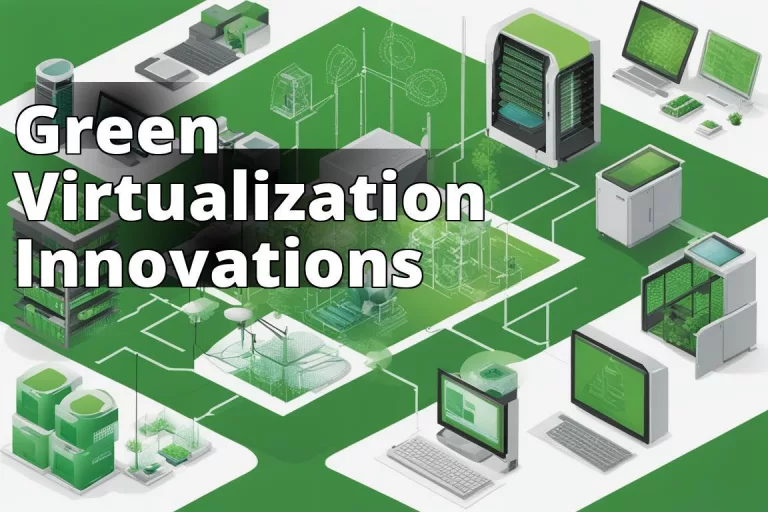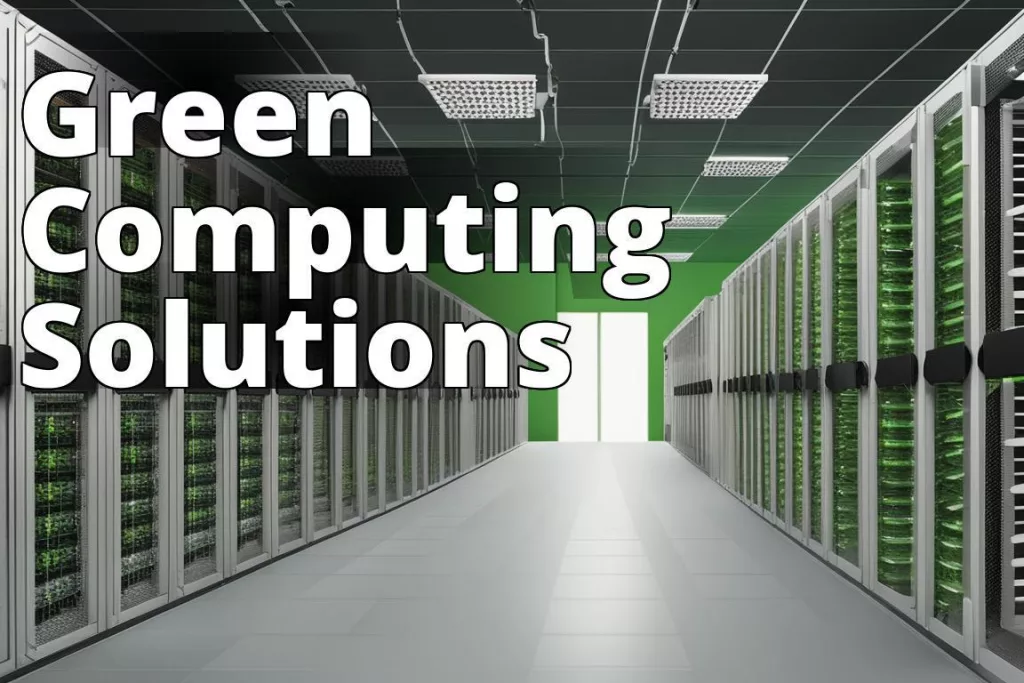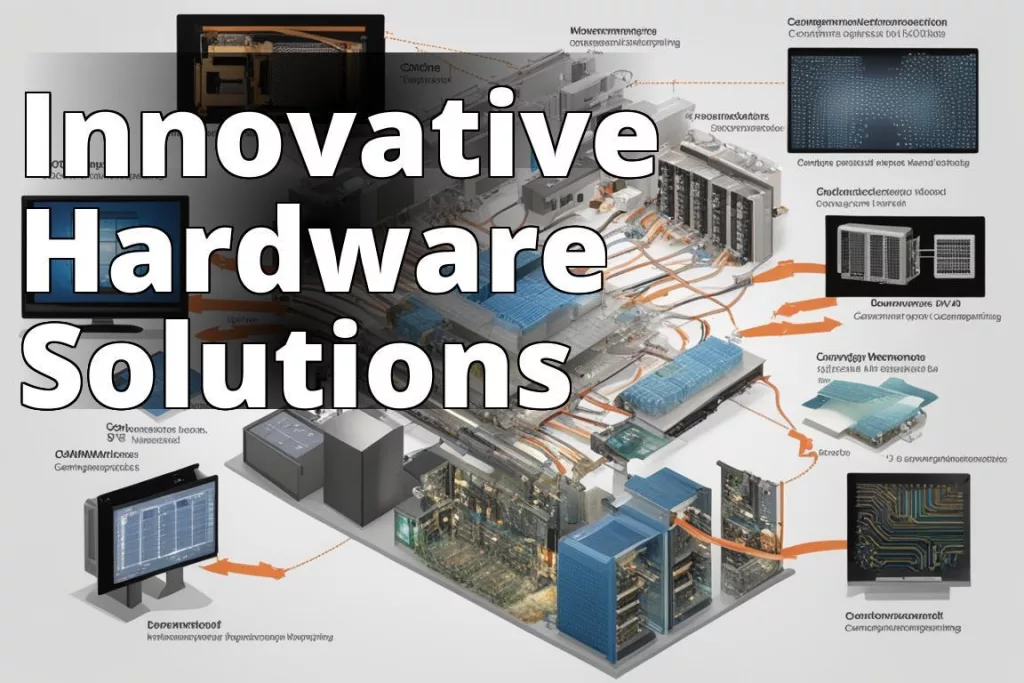This article explores the pivotal role of virtualization technologies in advancing green computing practices. Virtualization has emerged as a key strategy to optimize resource utilization, reduce energy consumption, and enhance the sustainability of IT infrastructures. By consolidating servers, improving hardware efficiency, and enabling dynamic resource allocation, virtualization offers significant environmental benefits. The article delves into the principles of green computing, the environmental impact of traditional IT infrastructures, and how virtualization technologies contribute to mitigating this impact. Through a comprehensive analysis of virtualization’s impact on energy efficiency, cost savings, and overall sustainability, this article underscores the importance of embracing virtualization as a cornerstone of green computing initiatives in the digital age.
Learn about Virtualization Technologies for Green Computing
- Understand how virtualization technologies contribute to energy efficiency, cost savings, and space savings.
- Explore the benefits and challenges of using virtualization for green computing.
- Gain insights into the future of virtualization technologies in environmental data analytics.
Introduction: Virtualization and Green Computing
Imagine having a single piece of hardware that can do the job of ten. That’s the magic of virtualization. It divides the resources of a single physical machine into multiple virtual machines (VMs). Each VM operates in its isolated environment, running its operating system and applications, as if it were a separate piece of hardware. This isn’t just a neat trick; it’s a transformative approach to utilizing computing resources more efficiently and effectively.
Green computing is the practice of environmentally sustainable computing. It’s about making our digital lives more eco-friendly by reducing the environmental impact of our technological activities. When you bring virtualization into the green computing equation, you get a powerful combination that can significantly reduce energy use, decrease electronic waste, and make our tech habits more sustainable.
Virtualization Technologies for Green Computing
Server Virtualization
Server virtualization is the linchpin of green computing. By allowing a single server to host multiple virtual servers, organizations can drastically cut down on the number of physical servers they need. This not only leads to significant energy savings but also reduces the physical space required for servers, which, in turn, decreases cooling needs. I’ve seen firsthand how transitioning to a virtualized server environment can halve a data center’s energy consumption.
Insider Tip: Opt for hypervisors with dynamic resource allocation to maximize your energy savings.
Storage Virtualization
Storage virtualization involves pooling physical storage from multiple network storage devices into what appears as a single storage device. This can greatly enhance data management and accessibility while reducing the physical hardware footprint. Imagine having all your data spread across different devices but accessible through one virtual storage pool. It simplifies operations and can significantly cut down on energy usage.
Network Virtualization
Network virtualization combines hardware and software network resources into a single, software-based administrative entity. This technology can lead to more efficient traffic management, reduced physical network infrastructure requirements, and, consequently, lower energy consumption. It’s akin to having a virtual traffic cop that optimizes the flow of data across your network, ensuring everything runs smoothly without unnecessary hardware.
Desktop Virtualization
Desktop virtualization allows users to access their personal desktop environments from any device, anywhere. This not only enhances flexibility and productivity but also means that businesses can reduce the need for high-powered, energy-consuming desktop machines in favor of thinner clients or even personal devices.
Application Virtualization
Application virtualization separates applications from the hardware they run on, allowing them to be stored on a central server and accessed remotely. This means applications no longer need to be installed on individual computers, reducing hardware requirements and extending the life of existing devices.
Benefits of Virtualization Technologies for Green Computing
Energy Efficiency
By consolidating servers, storage, networks, desktops, and applications, virtualization technologies can lead to dramatic reductions in energy use. Less hardware means less power consumption and cooling needs, which directly translates into lower energy bills and a smaller carbon footprint.
Cost Savings
The initial investment in virtualization technology can be quickly recouped through reduced energy costs, lower hardware expenditures, and decreased space requirements. Organizations often find that virtualization pays for itself within the first year.
Space Savings
Virtualization significantly reduces the physical space needed for IT infrastructure. This not only means less real estate is required for data centers but also that the remaining space can be used more efficiently.
Reduced Hardware and Maintenance Costs
Less physical hardware means fewer devices to maintain, repair, or replace. This can lead to substantial savings in hardware costs and maintenance expenses over time.
Increased Uptime and Business Continuity
Virtualization technologies offer enhanced disaster recovery solutions and data backup capabilities, ensuring business operations can continue smoothly in the face of unexpected challenges.
Challenges of Virtualization Technologies for Green Computing
Complexity and Management Overhead
Implementing and managing a virtualized environment can be complex. It requires a shift in thinking and potentially retraining IT staff to handle the new systems effectively.
Performance Overhead
While virtualization can lead to more efficient use of resources, the layer of abstraction it introduces can sometimes cause a slight performance overhead. This is rarely a deal-breaker but something to be aware of.
Security and Compliance Risks
Virtual environments can introduce unique security and compliance challenges, particularly in multi-tenant scenarios. Ensuring data integrity and security in a virtualized setting requires diligent management and robust security measures.
Conclusion and Future Work
Virtualization technologies offer a compelling path towards greener computing. They enable organizations to make more efficient use of their computing resources, reduce their environmental impact, and save money in the process. However, like any technology, they come with their own set of challenges that need to be carefully managed.
As we look to the future, the focus will be on making virtualization technologies even more efficient, reducing their performance overhead, and enhancing their security features. With ongoing advancements, virtualization will continue to play a crucial role in the transition towards more sustainable computing practices.
References
For further reading on the intersection of technology and environmental sustainability, check out the following resources on our site:
- Fundamentals of Green Computing
- Green Building Tech Solutions
- Cloud Computing and Sustainability
- Green Software Engineering Practices
- Virtual Reality for Climate Education
- Energy Efficient Hardware Innovations
- Sustainable Data Center Operations
- Sustainable Agriculture Technologies
- Carbon Capture Technologies
- Water Conservation and Tech
By embracing virtualization technologies and the principles of green computing, we can all contribute to a more sustainable and environmentally friendly digital world.
Answers To Common Questions
Who benefits from using virtualization technologies for green computing?
Businesses aiming to reduce energy consumption benefit from virtualization.
What are the main virtualization technologies used in green computing?
Technologies like server virtualization and desktop virtualization are common.
How does virtualization contribute to green computing efforts?
Virtualization reduces the number of physical servers, cutting energy usage.
What if my company is small? Can we still implement virtualization for green computing?
Yes, even small businesses can benefit from virtualization technologies.
How can I ensure that virtualization technologies are cost-effective for green computing?
Analyze your energy savings against the costs of implementing virtualization.
Isn’t it complicated to transition to virtualization technologies for green computing?
While there may be challenges, many tools and resources are available to assist with the transition.
Next Steps
Round Table Environmental Informatics (RTEI) is a consulting firm that helps our clients to leverage digital technologies for environmental analytics. We offer free consultations to discuss how we at RTEI can help you.


